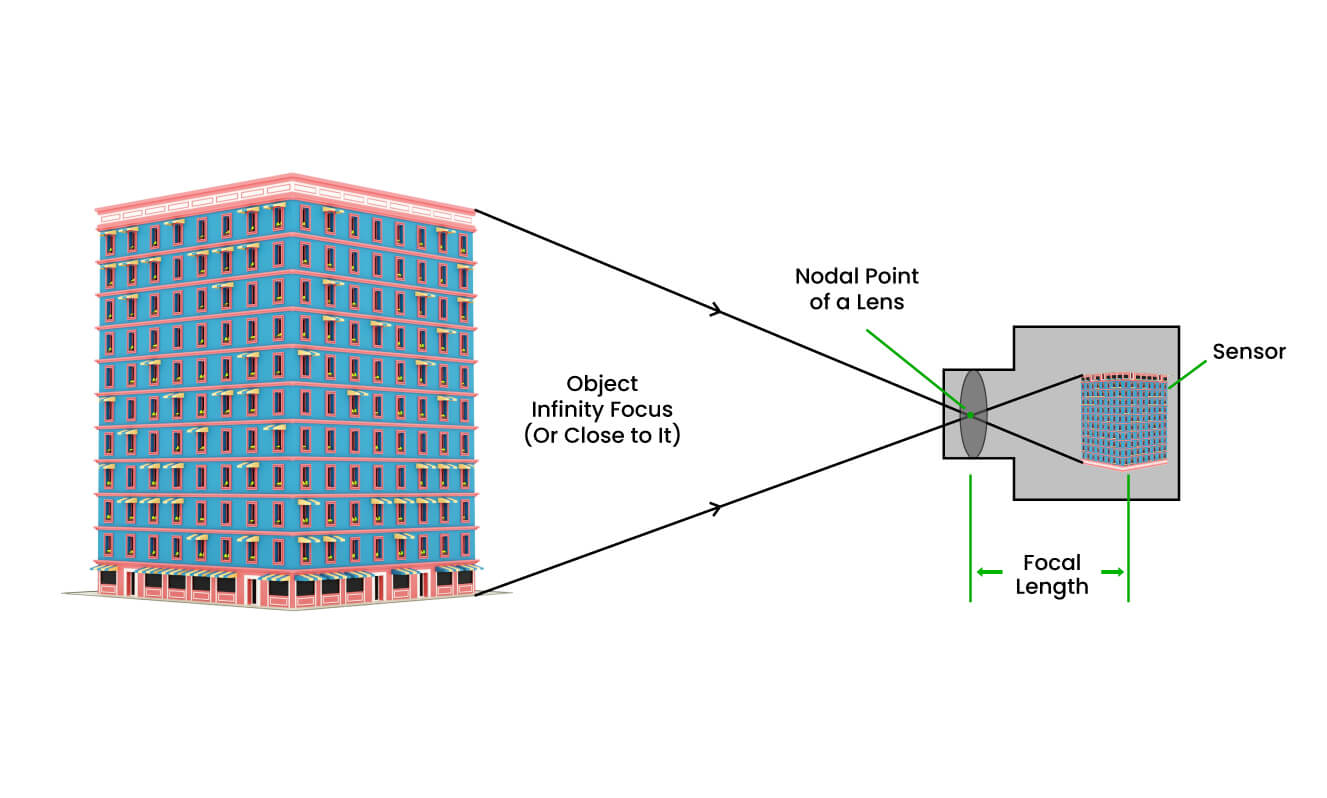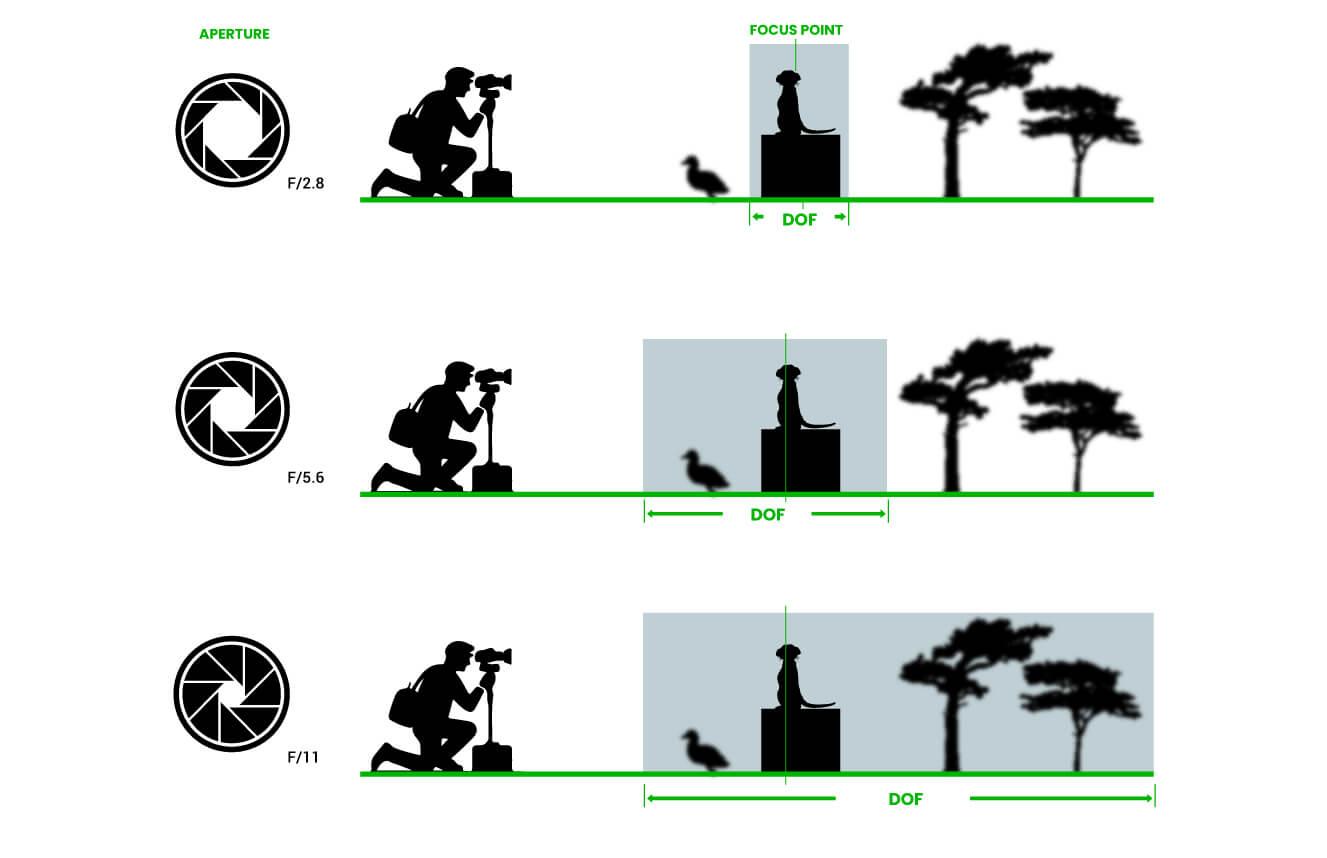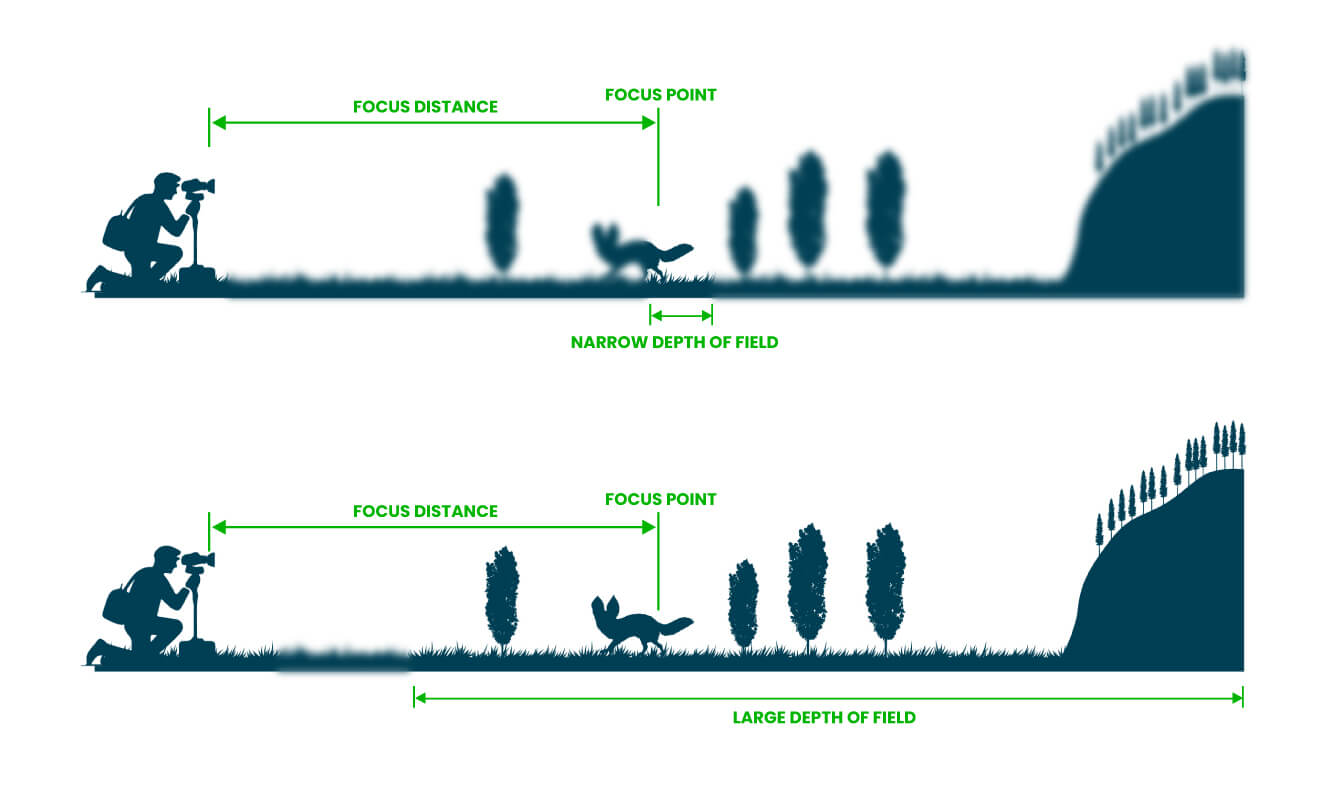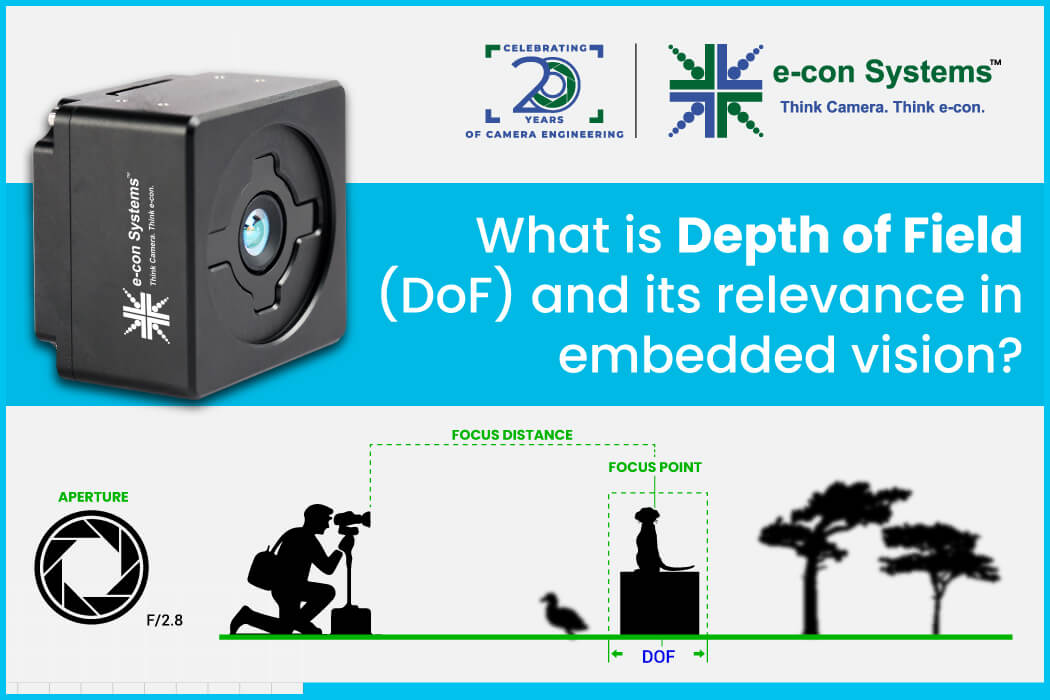Depth of Field (DoF) is the range within which objects appear sufficiently sharp in an image. For embedded vision, this is crucial as it impacts the system’s ability to discern and process visual data accurately. Understanding DoF enables developers to design embedded vision systems that capture images with the necessary clarity for precise analysis.
DoF is determined by factors such as the size of the aperture, focal length, pixel and sensor size, and the distance to the subject. In embedded vision, adjusting these variables allows for control over the DoF, ensuring that the area of interest remains in clear focus. This is extremely important in applications like automated inspection systems, where the accuracy of the image captured directly affects operational performance.
In this blog, you’ll learn more about DoF and its impact on embedded vision systems, the features that influence DoF, and more.
Optimizing DoF for Superior Imaging Performance
In embedded vision, control over DoF is crucial for optimizing image capture for specific tasks, whether recognizing objects, reading text, or inspecting surfaces. The ability to adjust focal length, aperture, and focus distance allows for tailored imaging setups that can tremendously improve system performance.
Understanding and optimizing these factors enable developers to design vision systems that meet the exact needs of their applications, from industrial automation to retail use cases. It involves selecting the right camera settings and hardware to achieve a DoF that aligns with the system’s requirements. Techniques such as adjusting the aperture or using software algorithms are often used to enhance image quality.
As you may know, a Depth of Field (DoF) calculator can be leveraged, which follows a detailed process where specific parameters are considered. These parameters include focal length, aperture (f-number), and the distance to the subject. One can determine the near and far limits of the sharp area in an image by adjusting these variables within a DoF calculator. The calculation helps ensure that the embedded vision system captures images with the desired clarity over a specified range.
A well-defined DoF ensures that critical components of the scene are in sharp focus, which is vital for the accurate processing of visual information. It affects various aspects of image analysis, from object detection to pattern recognition, influencing the overall reliability and efficiency of embedded vision applications. However, there are a few factors that directly influence it.
Top features that influence DoF
Focal length
So, what is focal length? Well, it can be defined as the distance between the sensor and the lens when an image is in focus. As you can imagine, a longer focal length leads to a narrower DoF, focusing on a smaller section of the scene.
It is valuable in embedded vision systems that require selective focus on specific subjects or details, ensuring exact isolation from distracting background or foreground elements. Also, focal length adjustment furthers the camera performance while performing embedded vision tasks.
 Aperture
Aperture
Aperture, the lens opening size through which light passes into the camera, influences DoF. A smaller aperture (higher f-stop number) enlarges the DoF, letting a broader scene area remain in focus. It is important in use cases demanding uniform clarity, such as in extensive surface quality control inspections.
On the contrary, a larger aperture (lower f-stop number) diminishes the DoF, which is beneficial for concentrating visual interest on singular subjects. The duality of aperture settings provides embedded vision systems with the flexibility to tailor image capture for precise or expansive focus as required by the application.
 Focus distance
Focus distance
The distance between the lens and the subject directly affects DoF. Decreasing this distance narrows the DoF, a major consideration for embedded vision systems tasked with capturing detailed close-range images.
Adjusting the focus distance helps control scene elements that appear sharply, which is crucial for analyzing finer details in applications like assembly verification or defect detection.
 Circle of Confusion (CoC)
Circle of Confusion (CoC)
The circle of confusion (CoC) is a measure used to describe the optical limit at which details in an image become acceptably sharp or blurred. This metric is important when calculating depth of field (DoF), as it delineates the boundary between sharp and un-sharp image perception.
For applications based on human visual consumption, the CoC’s size depends on the camera’s sensor size, the viewing conditions of the image, and the observer’s visual acuity. By adjusting the CoC parameters, it becomes possible to refine the DoF in embedded vision systems, optimizing them for tasks requiring detailed visual accuracy. Such manipulation also ensures that the systems maintain the right amount of image clarity for accurate processing.
On the other hand, CV-based applications have their own set of requirements such as contrast and resolution which drives the COC.
e-con Systems – a leader in delivering custom OEM cameras
e-con Systems comes with 20+ years of experience in designing, developing, and manufacturing OEM cameras. Over the years, we have been renowned for our unparalleled prowess to customize camera solutions that fit specific product or use case needs.
Please explore the Camera Selector Page to explore e-con Systems’ end-to-end portfolio.
If you need help integrating the right cameras into your embedded vision products, please email us at camerasolutions@e-consystems.com.

Prabu is the Chief Technology Officer and Head of Camera Products at e-con Systems, and comes with a rich experience of more than 15 years in the embedded vision space. He brings to the table a deep knowledge in USB cameras, embedded vision cameras, vision algorithms and FPGAs. He has built 50+ camera solutions spanning various domains such as medical, industrial, agriculture, retail, biometrics, and more. He also comes with expertise in device driver development and BSP development. Currently, Prabu’s focus is to build smart camera solutions that power new age AI based applications.




